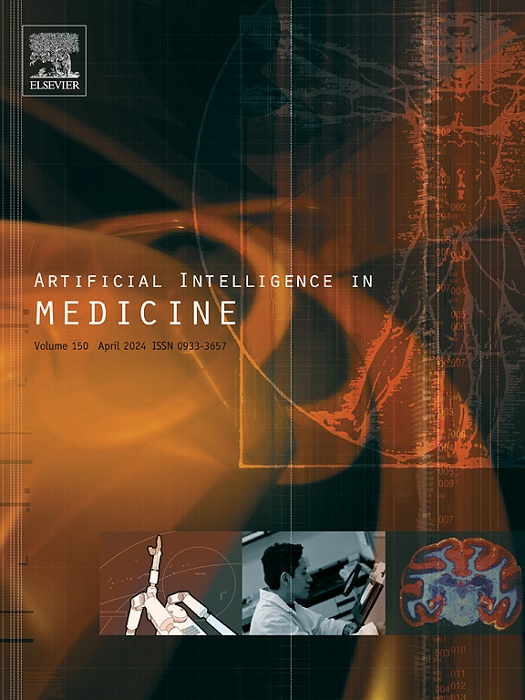Hyperbolic multivariate feature learning in higher-order heterogeneous networks for drug–disease prediction
IF 6.1
2区 医学
Q1 COMPUTER SCIENCE, ARTIFICIAL INTELLIGENCE
引用次数: 0
Abstract
New drug discovery has always been a costly, time-consuming process with a high failure rate. Repurposing existing drugs offers a valuable alternative and reduces the risks associated with developing new drugs. Various experimental methods have been employed to facilitate drug repositioning; however, associations prediction between drugs and diseases through biological experiments is both expensive and time-consuming. Consequently, it is imperative to develop efficient and highly precise computational methods for predicting these associations. Based on this, we propose a drug–disease associations prediction method based on yperbolic ultivariate feature earning in igh-order eterogeneous Networks for Drug–Disease Prediction, called 3ML. Our approach begins by mining high-order information from protein–disease and drug–protein networks to construct high-order heterogeneous networks. Subsequently, we employ multivariate feature learning to create hyperbolic representations, and then enhance the features of the heterogeneous network. Finally, we utilize a hyperbolic graph attention network in the hyperbolic space to aggregate neighbor information and perform the final prediction task. In addition, we evaluate the performance of 3ML by comparing it with some state-of-the-art methods across different datasets. The case study further validate the effectiveness of 3ML. Our implementation will be publicly available at: https://github.com/jianruichen/H-3ML.
求助全文
约1分钟内获得全文
求助全文
来源期刊

Artificial Intelligence in Medicine
工程技术-工程:生物医学
CiteScore
15.00
自引率
2.70%
发文量
143
审稿时长
6.3 months
期刊介绍:
Artificial Intelligence in Medicine publishes original articles from a wide variety of interdisciplinary perspectives concerning the theory and practice of artificial intelligence (AI) in medicine, medically-oriented human biology, and health care.
Artificial intelligence in medicine may be characterized as the scientific discipline pertaining to research studies, projects, and applications that aim at supporting decision-based medical tasks through knowledge- and/or data-intensive computer-based solutions that ultimately support and improve the performance of a human care provider.
 求助内容:
求助内容: 应助结果提醒方式:
应助结果提醒方式:


